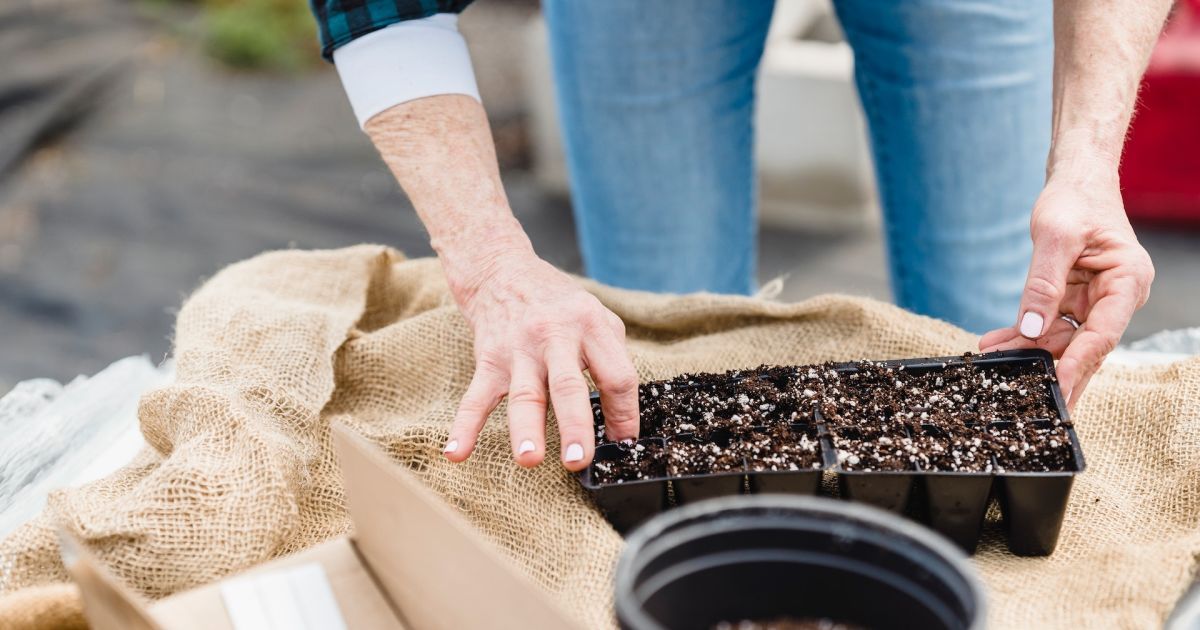It is believed that plant infection occurs in 80% through infected seeds, but in 20% of cases it depends on the presence of infection in the soil in which the seedlings are sown.
There are three ways to decontaminate land, but not all of them are equally effective.
Freezing
Experts believe that freezing the soil does not give a tangible result in the fight against insect pests or in the destruction of pathogenic microflora.
Even if the ground is exposed to negative temperatures (up to -20 degrees) for one month, you can get rid of only large insect larvae.
But freezing is ineffective against small ones, such as nematodes, spider mites and other soil microflora, because they are not afraid of frost.
Calcination
Roasting is considered a more effective method of soil disinfection.
However, it is used only as a last resort, as it will also kill beneficial microflora.
It will also change the structure of the soil and its chemical composition.
Experts note that roasting is the most effective way to sterilize the land from insects and any diseases.
To do this, the soil is spread in a small layer on a baking sheet: so that it is 2-3 cm thick.
And then heated in the oven at a temperature of 200 degrees for 30 minutes.
You can have more if necessary.
The soil should begin to burn.
After that, the oven should be turned off, and the soil should be left inside until it cools completely.
Further, the soil is additionally treated with various preparations with useful fungi and bacteriological cultures.
Steaming
This is the mildest method, which nevertheless remains quite effective.
Thanks to steaming, you can destroy insects at any stage of their development and pathogenic microflora.
Although a large part of useful microflora also dies during steaming, the chemical composition of the soil does not change.
To do this, you need to pour the soil into a sufficiently large container, for example, a jar, pan or sleeve for baking.
Moisten the soil beforehand.
Then it is steamed until it begins to steam throughout its thickness.
To do this, put it in the oven for 20-30 minutes (temperature up to 150-200 degrees).
You can also steam the soil in a microwave oven.
For this purpose, 15 minutes are set, but the countdown should start from the moment when the earth becomes steamed.
When the soil cools down, it should also be treated with preparations containing beneficial fungi and bacteria.
Read also:
Calms the nerves: which indoor plants to plant at home
Germinating seeds with sugar: a simple and effective method
What to sow seedlings in February to get a good harvest
